The population growth from the 1970s onwards has led to a greater demand for raw materials and fossil fuels and, consequently, to an increase in greenhouse emissions. [1]
However, there is a renewable material, with enormous rapidity of growth, capable of absorbing large quantities of CO2, with a greater capacity to flex than steel and with a greater resistance than wood: Bamboo
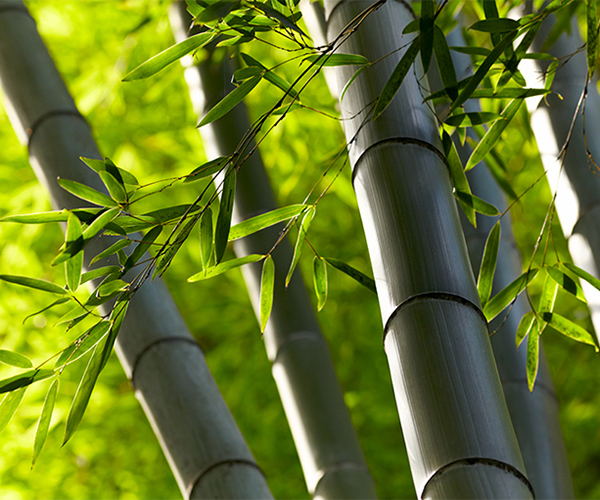
For Favini, the search for environmentally sustainable and circular alternative materials is a mission undertaken since the 1990s. Bamboo – attracted the attention of our Research & Development department. Why? Let’s discover together the surprising environmental and technical properties of this material, which has led to a new paper: Tree Free.
Bamboo is an abundant renewable natural resource. It is a fast-growing, spontaneous giant grass and being very hardy, it needs less pesticides and care than other plants. [2]
Bamboo is capable of growing more than one meter per day, making it the fastest growing plant in the world. [3]
If we think that on average the pine takes 30 years to be ready to be cut and the birch about 40 [4], the Bamboo after only 4 years is ready to be used in many applications.
Being a grass, it prevents soil erosion; it also captures a quantity of Co2 that is four times higher than in traditional young forests, producing 35% more oxygen. [5]
Each planted hectare of bamboo is able to naturally subtract 1000 tons of CO2 and at the same time allow to obtain 20 cubic meters of material every year. [6]
The use of FSC-certified bamboo also makes it possible to alleviate the pressure on traditional and ensures that it is not from an improperly managed forest resources.
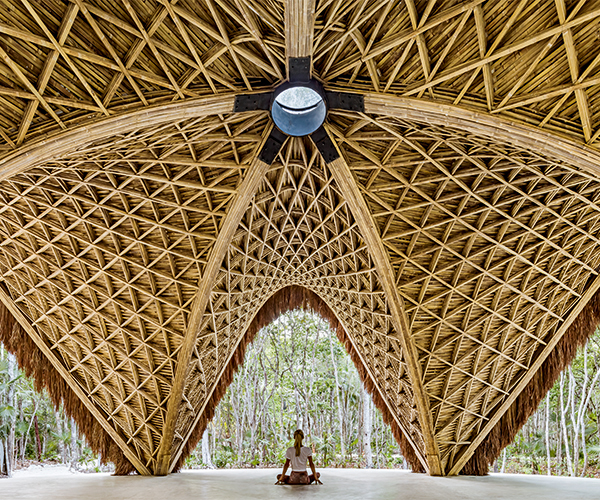
From a technical point of view, bamboo combines the virtues of the best woods, hardness and stability, with a particular lightness. Therefore, this makes it a particularly strong material in relation to its weight. Structurally, bamboo is an ultra-flexible material.
This characteristic gives it excellent anti-seismic properties, so much so that it is used as a material for load-bearing structures where volcanoes are active, for example in Hawaii, and where earthquakes are more than frequent, such as in Chile.
As we have mentioned, bamboo is ideal as a building material, it combines excellent physical characteristics with environmental sustainability and is highly appreciated by architects and designers.
These properties make it a multifaceted raw material, suitable for many uses, often in the field of eco-design, but also in clothing and in the food sector.
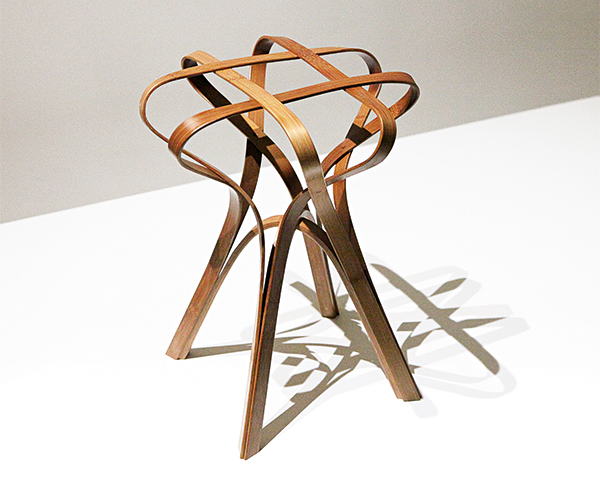
Bamboo furniture and objects offer great durability over time whilst also having an incredible lightness.
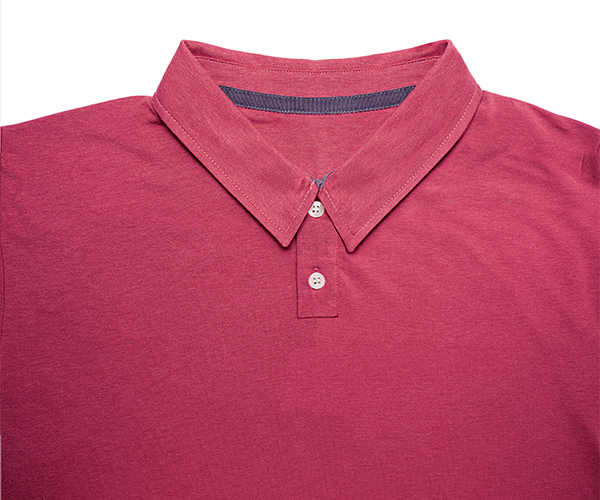
Bamboo fibre is excellent for obtaining fabrics that are similar to silk and cashmere, thanks to their softness. You get fabrics that are cool in summer and warm in winter. Additionally, they are naturally antimicrobial.
Bamboo shoots have become a valuable food in many regions of the world. They have amazing health properties and a unique taste.
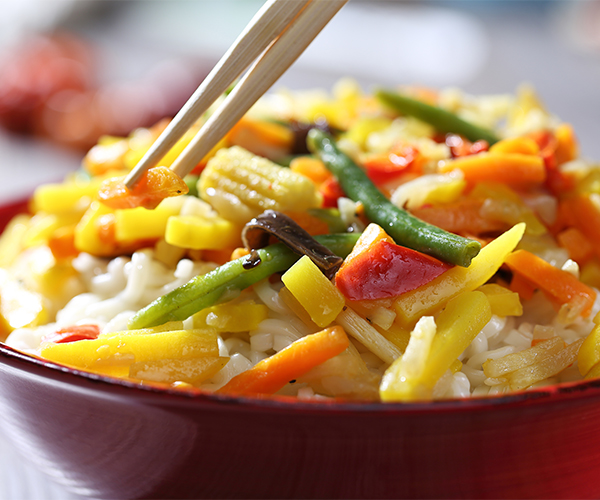
Finally, the properties of bamboo fibres that make it ideal for paper production.
Favini, attracted by the qualities of this valued and renewable material, have updated the recipe for Tree Free paper, now comprising 75% bamboo FSC certified and 25% cotton linters.
Linters are the short fibres of cotton found around the seed and which cannot be used in the production of clothing due to their reduced length, a pre-consumer waste for the textile industry, but a precious resource for other supply chains.
The linter is detached from the cotton seed through a specific operation and is an important source of cellulose, often used for the production of viscose as an alternative to wood pulp, for the production of padding and for paper.
Tree Free is a paper with a reduced environmental impact on forests as it uses ethical materials totally sourced from renewable sources such as bamboo as well as recycled cotton linters.
It is an extremely soft and smooth to the touch paper, with high printing performance. Totally recyclable and biodegradable, it is made with EKOenergy, the renewable energy self-produced by our hydroelectric plant. Furthermore, unavoidable emissions have also been eliminated.
We asked to Marco Capellini (Matrec) his opinion about the product:
“The use of materials from renewable sources is among the priorities of the Action Plan on the circular economy of the EU Commission. Tree Free is a paper that makes renewability its “must” by contemplating two materials, such as bamboo and cotton, with reduced regeneration times and which at the same time guarantee quality, durability and circularity of the final product. The use of recycled cotton linters is a further added value that highlights Favini’s desire to pursue strategies for the efficient use of resources”
SOURCES:
[1] [6] Youtube.com, Bamboo to Save the World | Pablo van der Lugt | TEDxErasmusUniversityRotterdam
[3] Focus.it, Qual è la pianta che cresce più velocemente?
[4] Paperwise.eu, how long does a tree grow before you make paper out of it?
[2] [5] Ansa.it, Il bambù è la nuova frontiera dell’ecologia in casa? Vero o falso di un materiale di moda


